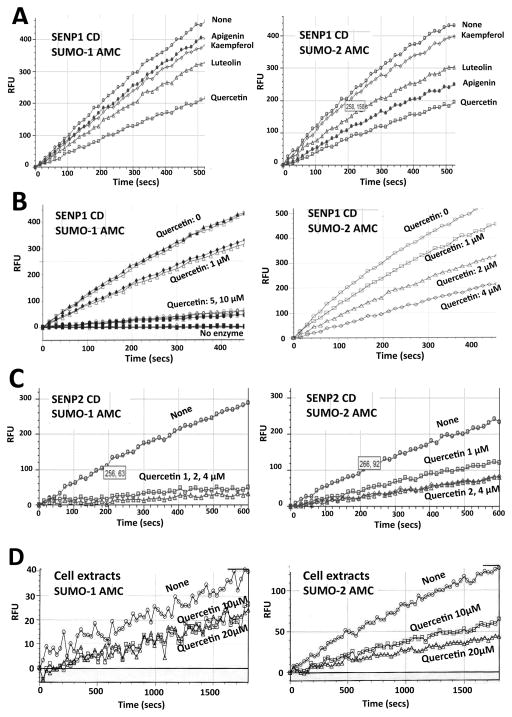Figure 3. Quercetin is a potent inhibitor of SENP1 and SENP2 activity.
(A) Effects of various flavonoids on SENP1 activation. Apigenin, kaempferol, luteolin or quercetin was added at 2 μM (final concentration) during activation (pre-incubation with SENP1 catalytic domain CD) and SENP1 activity was measured by AMC release from the SUMO-1-AMC (left panel) or SUMO-2-AMC (right panel) substrate. AMC release was plotted every 15 seconds. (B) Quercetin was added at various concentrations to a pre-incubation mixture (i.e. activation stage) with the SENP1 CD, and SENP1 activity was measured by AMC release from the SUMO-1-AMC (left panel) or SUMO-2-AMC (right panel) substrate. AMC release was plotted every 15 seconds. (C) Quercetin was added at various concentrations to a pre-incubation mixture (i.e. activation stage) with the SENP2 CD, and SENP2 activity was measured by AMC release from the SUMO-1-AMC (left panel) or SUMO-2-AMC (right panel) substrate. AMC release was plotted every 15 seconds. (D) Effect of quercetin on SENP activities in vitro. SHSY5Y cells were treated with quercetin at 0, 10 and 20 μM for 16 hr. Equal amounts of protein (50 μg for SUMO-1-AMC cleavage assay, and 20 μg for SUMO-2-AMC cleavage assay) were used as the enzyme source to measure SENP activities within cell extracts. AMC release was plotted every 30 seconds.

